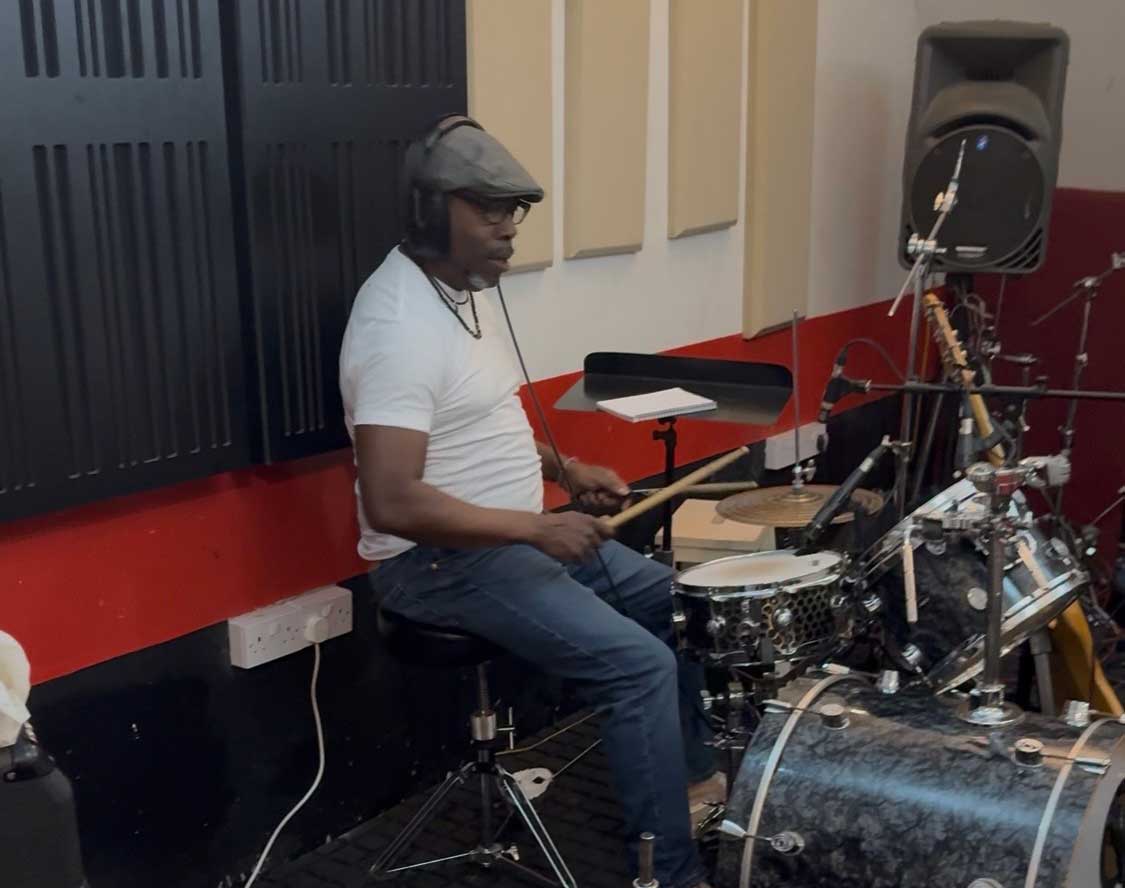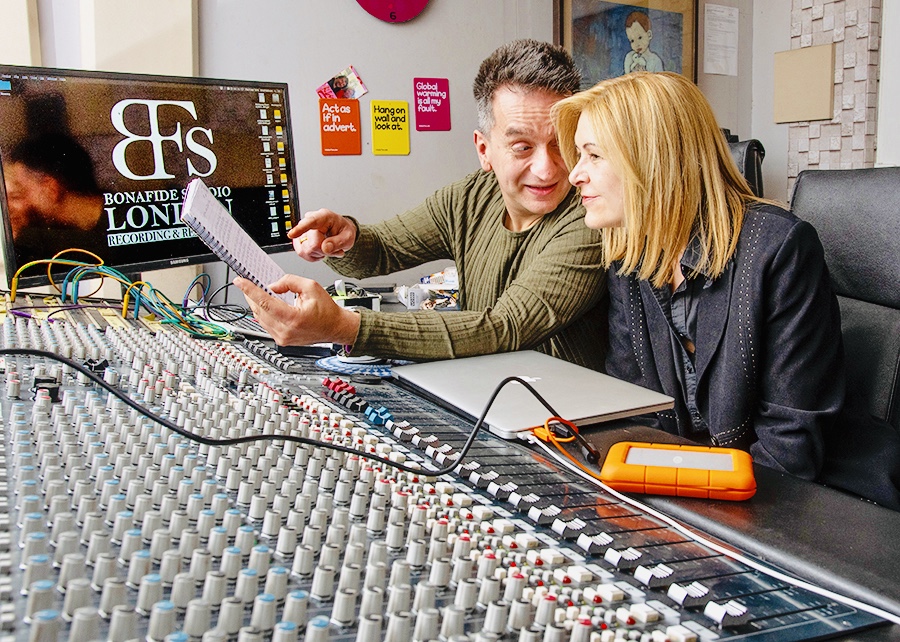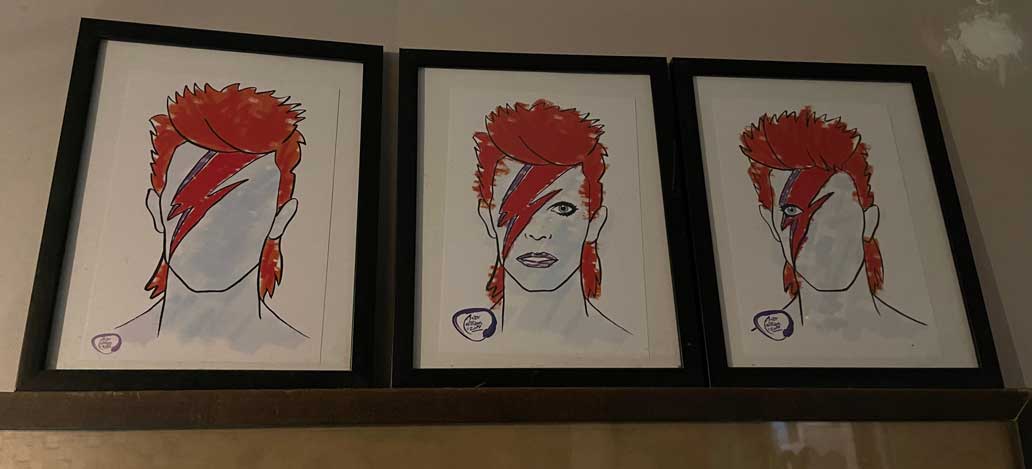
Songwriting tips
Musicians more often than not tend to write instinctively, absorbing their ideas about form and structure from the music that’s around them, and relying on the inspiration for their melodic and lyrical direction.
Every songwriter goes through times when the inspiration just seems to dry up, what is the one to do then?
Here are some tricks of the trade:
1. If you’re a melodic writer, then you’ve got a different set of challenges. Beautiful, catchy melodies are a rare commodity and should be treated with the appropriate respect.
Do honor your melody and build your song around it. Remember, people will learn your melody long before they learn your lyric, so having a good one is not to be taken lightly.
Don’t let the melody box you into awkward words or watered-down phrases. While a beautiful melody is one part of a song, it’s not the only part. Cramming in words or compromising on your lyrical integrity isn’t an acceptable approach when writing from a melody. Remember, it’s the give and take of a catchy melody and a natural, conversational lyric that makes for a great song.
2. If you’ve already got a chord sequence you’re happy with for part of a song but are struggling with where to go next, try reversing the chord order of the part you already have and using it for the new part. It often works, but if it doesn’t, try reversing just a section of the chord sequence and repeating it. Also, try doubling the length of time for which each chord plays and see where that takes you. For a bit of variation, halving note values for a chorus creates the impression of an increase in tempo even if there isn’t one.
3. The “fifths up” or “circle of fifths” chord progression is always a comfortable entry point when trying to set narrative lyrics to music. It’s a staple of Bob Dylan’s songwriting, is the crux of Pink Floyd’s elegant “Wish You Were Here” and anchors Jimi Hendrix’s recording of “Hey Joe.” Essentially, the key is this: the movement of chords of the same type in a repeating cycle always sounds pleasing to the ear and the chords lend themselves to easy vocal melodies as well. In “Hey Joe,” for example, all the chords are major triads that move up by a fifth as they circle around. Throwing in a consonant chord for drama to perhaps introduce a bridge or chorus change can spice things up.
4. As we learn to write songs we naturally analyse what works and what doesn’t. We absorb new chord structures and develop an obsession for doing things the ‘correct’ way. This is great as far as improving songwriting goes, but somewhere along the way you may lose the ability to invent something new. Don’t be afraid to break the rules. If it sounds good to you then do it!
5. Try ‘free association’ when you have something to write a song about but can’t think how to start the lyrics: sit down with paper and pen (or a word processor) and write down every word and feeling that comes into your head about that subject: the process can give you a push in the right direction, and the resulting words are the ones that you’ll need to work in if the song is to make a genuine impression on the listener.
6. Once you have the technical knowledge you need to write music, try and develop the part of your brain that can listen to the whole picture (instead of focusing on tiny details).
You should be able to hear instantly what is needed to make your songs work. Does it need more emotion? More energy? Is the vocal melody boring? By focusing on the whole picture you’ll be able to find the answers quicker by being honest and brutal with yourself.
7. Get a rhyming dictionary! This will save you from mentally running through the entire alphabet one letter at a time trying to find a rhyme for ‘existential’. A thesaurus, which will give you a list of different words that mean the same thing, is also a good resource for a songwriter and could help you add more interest to your lyrics.
8. I know so many musicians who agree that the best songs are the simplest, yet they can’t write simple songs themselves? It is a kind of ‘musicians curse’ to assume that complicated means better. Get used to writing simpler songs that have more hooks and adhere to common (natural) arrangement structures.
Remember, you will hear the song over and over but your audience will have to ‘get’ it on the first listen. Keep it simple!
9. If you usually write songs with a lot of chords in them, try restricting yourself to just three and see what you can squeeze out of a limited set of options. Conversely, if your songs never have more than three chords in them, try writing one with six.
10. Nothing mentioned above worked? Try co-writing. Working with others forces you to move away from your comfort zone and in my sometimes produces better songs. The process of getting input from more people during the writing process is healthy and makes it unlikely that you’ll write a real stinker!
Or just come to us and we will do it for you – email us at info@bonafidestudio.co.uk






